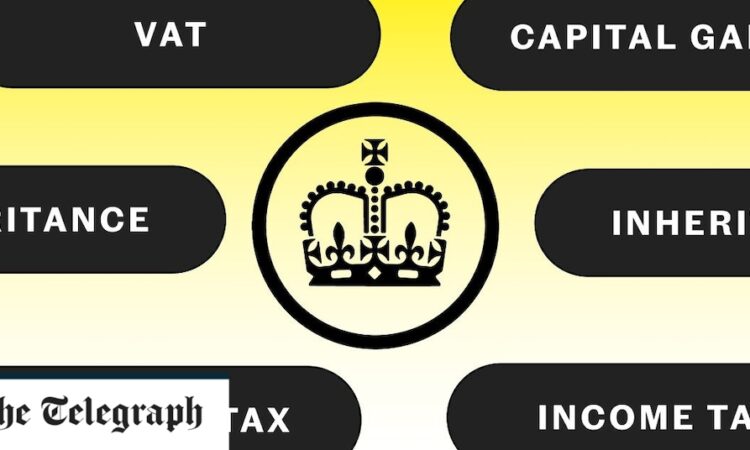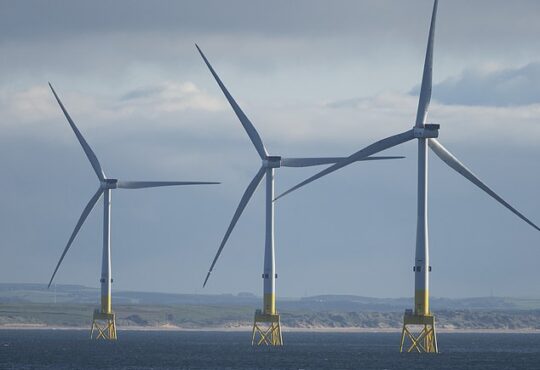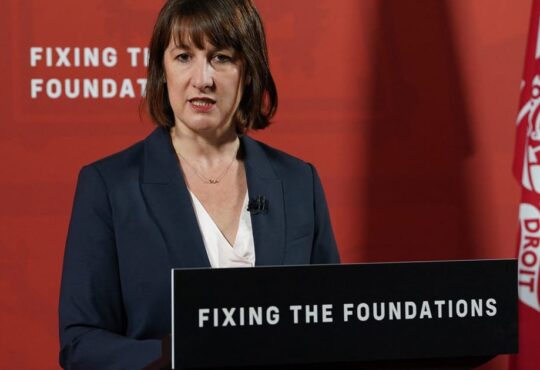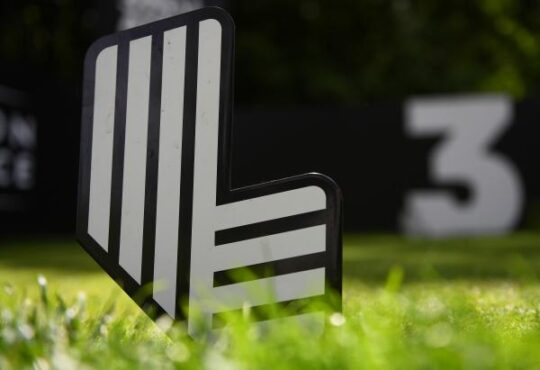
Employees will have the money taken through the Pay As You Earn (PAYE) system each month from their payslip.
Self-employed workers have to declare their earnings and pay any tax owed via a self-assessment tax return, due by 31 January following the end of the tax year.
If you’re employed but have multiple income streams, you’ll also need to complete a tax return – such as if you receive rental income.
Now read: ‘I earn over £125k – and it’s not enough’
National Insurance
National Insurance contributions (NICs) build your own entitlement for benefits such as the state pension, as well as maternity allowance, bereavement support payment and new-style jobseeker’s allowance.
You will need to pay if you are over 16 and earning more than £12,570 a year.
NICs are divided into four classes:
• Class 1 (employees): 12pc on earnings between £12,570 and £50,270, and 2pc on earnings above £50,270.
• Class 2 (self-employed): £3.45 per week if profits are £12,570 or more per year.
• Class 3 (voluntary): £17.45 per week
• Class 4 (self-employed): 9pc on profits between £12,570 and £50,270, and 2pc on profits above £50,270.
Similar to income tax, the money is taken from your payslip through PAYE if you are employed, or via self-assessment if you work for yourself or need to declare additional forms of income.
Now read: National Insurance: how it works, what it funds, and how it affects your state pension
VAT
The government also takes a cut on your shopping through a consumption charge known as Value Added Tax (VAT).
This is built into the price when you buy most goods and services, such as a TV or clothes.
The main VAT rate is 20pc, but there are exemptions for items such as children’s clothing, and there is a lower 5pc rate for energy bills and some goods including child car seats.
There are some quirks to the system. For example, the full 20pc rate is charged on biscuits, but cakes are exempt.
If you have your own business, you must register for VAT if you have an annual turnover of more than £85,000 – you can also register voluntarily if your turnover is less than this.
Once you’re registered, you must add VAT to sales invoices. Traders usually offset the VAT charged by their suppliers against the VAT charged to customers via their VAT return.
Capital gains tax
There may be capital gains tax (CGT) to pay if you make a profit from selling a valuable asset, such as a second home, shares or other possessions.
Everyone gets a tax-free CGT allowance, which is £6,000 in 2023-24 – reduced from £12,300 in the previous tax year. The allowance is set to reduce to £3,000 from April 2024.
The amount you pay depends on your income and what you are selling.
If you’re not selling property, basic-rate taxpayers pay 10pc CGT, rising to 20pc if you’re a higher-rate or additional-rate taxpayer.
Profit made from selling a property that isn’t your main residence is taxed at 18pc if you pay basic-rate tax, or 28pc if you pay a higher rate.
While profits made from selling other assets can be included as part of a self-assessment tax return, gains from residential property sales must be reported via a UK property return and tax must be paid within 60 days of selling the property – in addition to detailing the sale in a tax return.






